
Reducing Dependance on the Supply Chain
Healthy supply chains have been the foundation of business life since trading began. But what happens if your supply chain is interrupted due to external influences? This can pose major challenges for companies.
This guide from Markforged and Mark3D focuses on the supply chain management of the future. Recent world events confirm how delicate some supply chains are and show how important it is to reduce the costs of key components.
Construction parts are just as critical as purchased components
An efficient supply chain is of crucial importance for the success of many companies: it shortens lead times, lowers costs and ultimately increases sales. But what is easily overlooked?
In this day and age when companies strive to stay competitive, efficiency is a key factor and the supply chain is coming under increasing pressure. Companies employ supply chain specialists – and if their improvements affect the bottom line, then, much to the delight of shareholders, their company achieves better financial results.
Many companies have set up an emergency system for the ongoing supply of important parts so that they can continue to work normally even if the status quo is disrupted by human rights, conflicts, political, financial or biological factors. This was confirmed during the recent Covid-19 pandemic, when some companies were able to continue production continuously, while others came to a standstill quite quickly because an important part of their plans – their technical supply chain – was not given sufficient consideration. We all know the value of closing projects in the millions, but many have overlooked the fact that a $ 10 replacement part can easily bring a plant to a standstill.
Risk management in the technical supply chain is vital! In many cases during the pandemic it was not the simple “parts delivery” that was the problem, but the spare parts. After months or maybe years of fine-tuning the relationships and processes within their supply chain, the experts failed to realize that they were completely relying on the suppliers of technical parts. While it’s great to have enough components to assemble your products, what if you are let down by the fixture supplier or the automation specialist can’t deliver the custom grippers because they’re locked down?
A modern company today has to take control of its technical supply chain. Dependency on contractors for mission critical technical parts should indeed be taken very seriously. A production line that comes to a standstill in anticipation of a spare part can just as easily be without assembly parts – a standstill is a standstill! The lessons we have learned from the Covid-19 pandemic show us that it would make sense to employ a team of supply chain specialists who can also focus on the technical supply chain. Alternatively, there is another option, which is to regain control of outsourced engineering and bring it back in.
Additive manufacturing as an opportunity
It’s now possible that design departments can create robust, lightweight components in a fraction of the time it would take to outsource them. No special manufacturing skills are required and there is no need for large, power-sucking machine tools. An entry-level 3D printer costs less than the price of a van and runs on a 3-pin 240V plug! There are also a number of easy-to-use metal 3D printers that also cost less than your average CNC machine tool.
These printers offer an ever-expanding range of materials and regular advances in functionality. The technology is now both affordable and usable, so it should be considered a “must-have” by supply chain specialists – some pioneers have already recognized this.
With the further progress of the materials, the traditional manufacturing techniques for small quantities will no longer be competitive. Any company that is serious about an uninterrupted supply chain should produce critical parts in-house. Organizations can now easily move from a “we outsource” model to a self-service (or hybrid) model and regain control.
Supply Chains for Mark3D Customers
# 1 Small Series Parts
A UK-based SME brought low-volume parts manufacturing in-house
to cut costs and regain control:
When you’re in the low to medium volume home appliance market, justifying plastic injection mold tools isn’t easy. The payback must be calculated over a relatively large volume of parts. Inevitably, to get the correct “price per part”, over-ordering means that large numbers of items are kept on the shelf for “future” use. A disaster if they change after the first few parts.
The molds of this SME were manufactured by companies from all over the world and then stored on site at the contracted plastic injection molding company, whereby the owner had to cover them with his insurance. Any change to the tool is a lengthy process and turns out to be very expensive.
With the introduction of 11 Markforged 3D printers, this SMB is printing well over 75% of the original list of 90 target parts. The rest are still stock items and require some engineering changes to optimize them so they will follow soon. All new designs are optimized for 3D printing, with this being chosen as the preferred manufacturing process in many cases. Your first thought when designing new parts these days is “can this be printed?”
A tour of their factory confirms that 3D printing is having a big impact. Every day, printed parts are attached to goods designed and printed on site. They are installed directly, without reworking, and it is practical to keep a digital (instead of physical) spare parts warehouse.
Profit: inventory reduction and capital release
# 2 New Product Launch
After the medical company was let down by a major supplier, additive manufacturing gave it a chance:
This innovative medical implant company was in the process of launching a new product when the world fell victim to the Covid-19 pandemic, closing facilities almost overnight and disrupting many supply chains.
Given the almost impossible task of ensuring their new product was delivered on time, the engineering team had to find an innovative way to develop the fixtures and work fixtures required for 72 product variations. Additive manufacturing gave them the opportunity to use new techniques and follow an agile process.
When the design team was initially approached by the inspection team, who requested 48 variants of a “machined” shaft component for creating the CMM programs and designing their fixtures, the design team quickly realized that the parts could be 3D printed with dimensional accuracy for each phase of the process . From the CAD model of the casting, they printed a full-size femur in onyx with a solid fill and used it to first create the CNC programs. They checked the CAM toolpaths and designed and manufactured the machining fixtures at the same time.
This “machined” part was then used by the next person in the process for their design work, and so on, until the workpiece fixture, fixtures, CNC programs, CMM programs and text for laser marking were completed and approved. The entire design process had been compressed by the simultaneous editing, all while waiting for raw material!
Profit: Fast and agile introduction of new products
3# Fewer Subcontractors
Outsourced spare parts and devices are manufactured in-house to reduce costs and lead times
Having spent significant amounts on tools, fixtures, and prototyping over the past few years, the company had to make savings to stay competitive in the marketplace.
One of the largest cost drivers for the company is the subcontracting of spare parts. Not only is it costly to have parts made, it takes a long time, and time is something you just don’t have these days. Another area where improvements were sought was the introduction of new products. The brackets and fixtures needed to get just a few initial prototypes into the hands of the sales team are also very expensive. Subcontracting these jobs meant for this company that they were forced to spend a lot of money on something that might have only been used a few times.
The production engineering team has successfully printed end-use parts in field tests that have performed well in tests. They have made large assembly jigs with metal components that connect printed parts together, support collars for crimping machines, and many replacement tools. In one case, a machined part was delivered by the printer in 5.5 hours with a lead time of 4-6 weeks. It fitted directly to the machine and production started immediately.
3D printing is now fully accepted as an integral part of the design process and is used extensively in the factory.
Profit: no longer dependent on third-party providers
“Imagine a world where centrally controlled engineering departments print critical parts as needed in remote facilities around the world and local workers install them directly.”
Learn more about 3D printing continuous fibres!
Which continuous fibre is suitable for which applications? How do I design correctly for filament 3D printing? What do users say and where can I find more information? – This is the right place for you! We listed some information leading you directly to the matching answers.

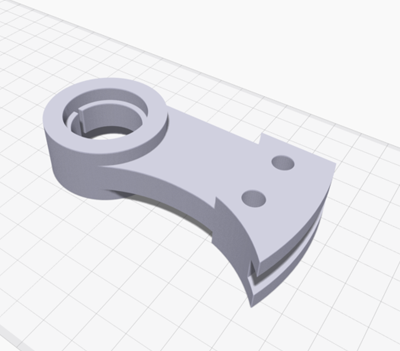
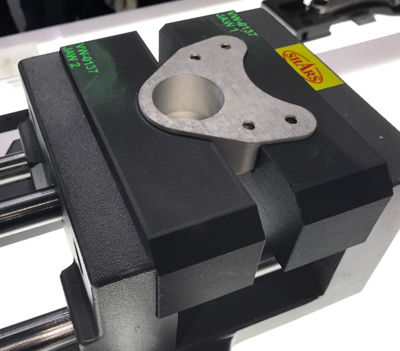
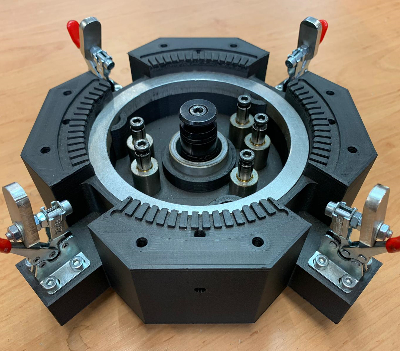


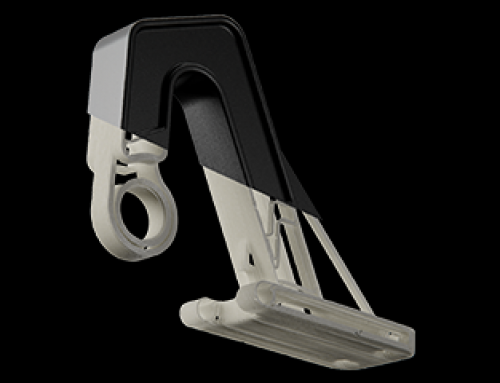
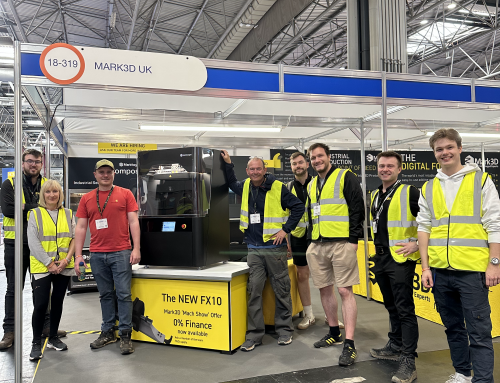
Leave A Comment